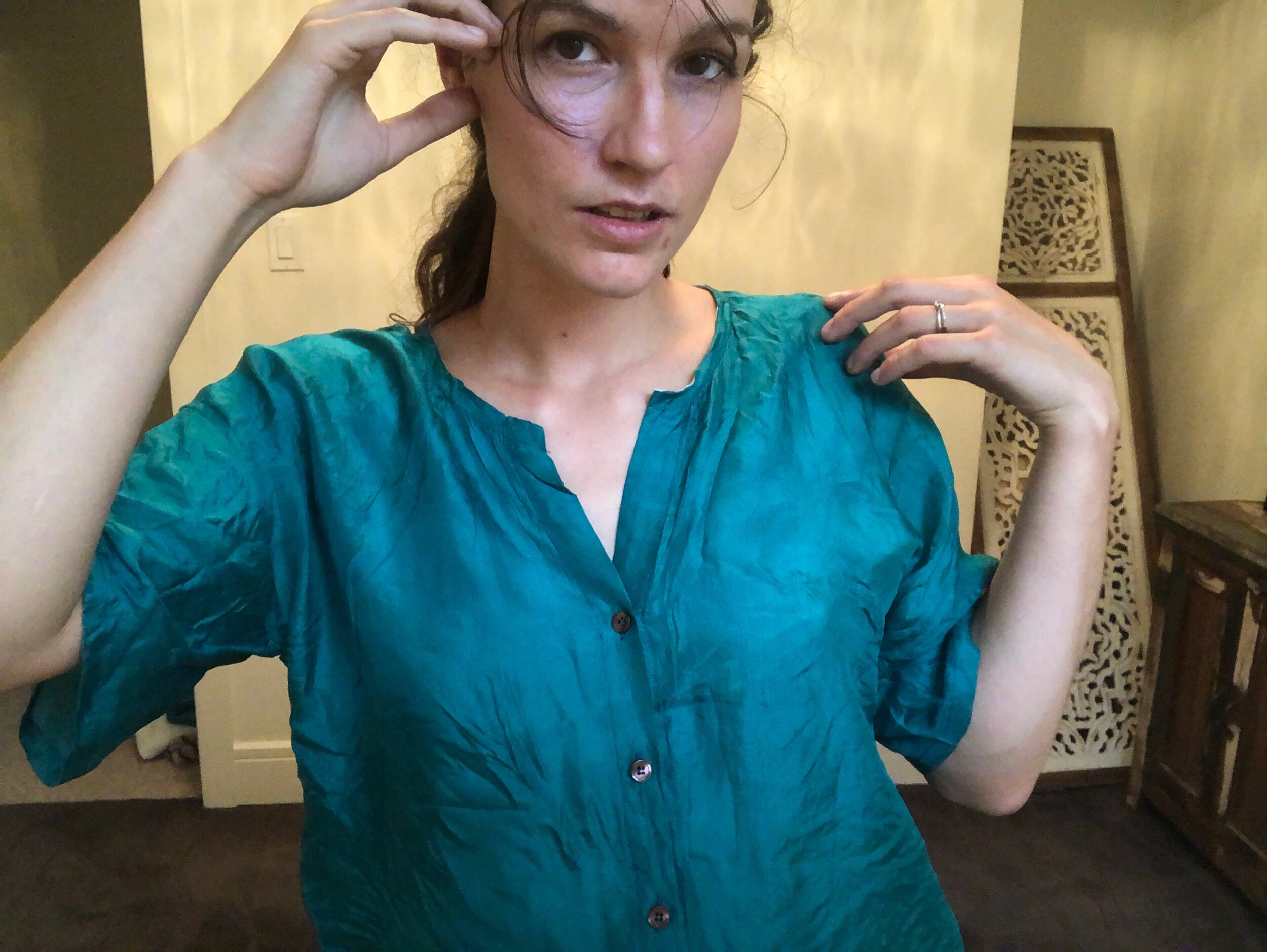A new avenue for archaeology | #Onthebeamlines photos
These photos and caption first appeared on the Canadian Light Source Facebook. I’m moderately happy with them (clearly I horribly messed up the team photo…), and I have to say all of these women were so fun to talk to. Incredibly fascinating work.
"If we can do this, it will revolutionize the way we study ancient animal remains and help us gather new information on the inhabitants of the earliest cities in the Near East (Israel and Iraq) managed their animals and provisioned cities with food and other goods," said University of Saskatchewan professor Dr. Tina Greenfield, while looking at an ancient sheep's tooth on our BMIT beamline this January.
Ancient sheep’s tooth on sample holder
“Usually we have to destroy the teeth in order to extract information.” However, Greenfield and her team are using BMIT to determine if this analysis can be done without any damage to the teeth. “Using the CLS BMIT line will allow us to examine the interior structure of teeth microscopically without damaging them.”
“Teeth can tell us a great deal about how the animals were managed, what they ate, what humans ate, where they came from the time they were born until death. At the CLS, we are using the microscopic internal structure of teeth to reconstruct early food production and early complex economies. For example, annular rings are deposited in teeth (both human and animal) that change in structure between winter and summer seasons, as with trees. When these microscopic structures are examined, the animal's age and the season of death can be reconstructed.”
Kali Sielski, Mikayla Coad Epp, Megan Tomlin and Tina Greenfield at BMIT at the CLS
"We still don't know if this is going to work, but at a first glance our initial scans look promising, and the resolution is fantastic," says Greenfield, whose January visit was her first to use CLS.
Dr. Greenfield is a professor at Usask's St. Thomas More College, where she is a lecturer in Near Eastern Archaeology and conducts research in Israel, Turkey and Iraq. Her collaborator Dr. Haskel Greenfield is Distinguished Professor at the University of Manitoba. He works on archaeological sites across Europe, the Near East and Africa. Their team also includes three USask graduate students: Megan Tomlin is a MSc. student investigating Canadian arrowheads and isotopes from Iraq; Kali Sielsky is an MA student who studies BC Coastal Salish rock art; and Mikayla Coad Epp is an MA student studying ceramics from the late Bronze Age from Israel.
Preliminary image of tooth cross section







